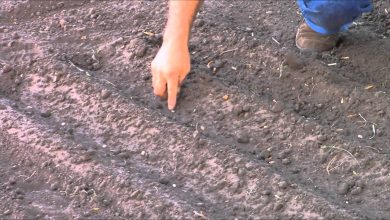How to plant pumpkins or turban squashes: Complete guide
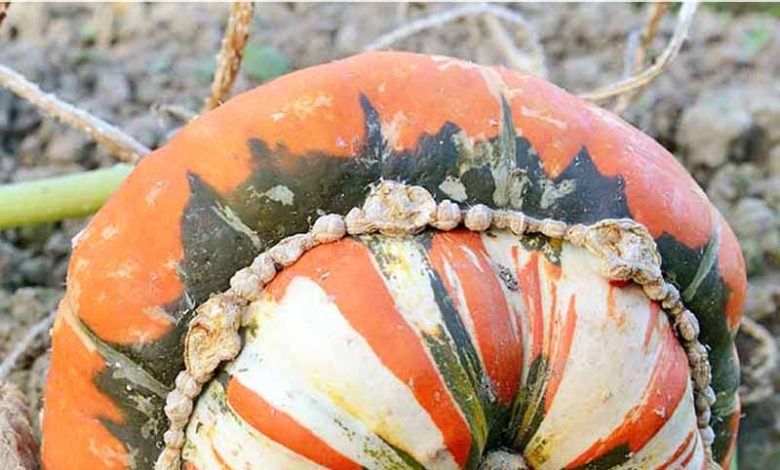
Hello everyone!Do you want to see how to plant Turban Pumpkins? What is promised is debt, so today I bring you a new video of « Agriculture for RURBANITAS «. This new video is a continuation of the article “ How to prepare the ground and make furrows ”, since I used those same furrows to plant turban gourds. But first of all, let’s learn a little more about this variety of pumpkins.
What are turban gourds?
We already talked about how to grow pumpkins in an article, so I am not going to focus too much on it, but I would like to talk a little more specifically about the turban pumpkin.
This variety of pumpkins receives this name due to its shape, which, as you can imagine, is similar to that of a Turkish turban. Most of them have a red upper part and a red, green and white veined lower part; making a game of colors with a very striking contrast. The lower part is much wider than the upper part and the two are separated by a marked striae.
The size is medium although in the US they have achieved varieties of more than 2kg. They are grown more for their ornamental value than for the flavor or quantity of their pulp; since they have many hollow sectors inside.
That is why it can be interesting to prepare it stuffed, as a container, you will not find a more original dish! It is a very tasty variety, with slightly floury and sweet flesh, ideal for making purées and jams.
However, they are not very common, because unlike other pumpkins that stay fresh for a long time, these are only kept for 30 days due to the thinness of their skin compared to other thicker varieties.
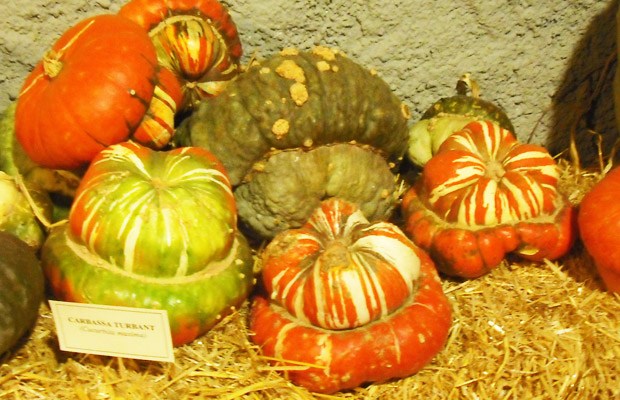
I saw them, and I couldn’t resist growing them, can you? Surely not either! So I’m going to teach you how to plant them.
How to plant turban gourds
First, very first and essential: get yourself some seeds. I chose to grow turban squashes because they caught my attention, but really choose what you feel like the most, as long as it is planting time. Normally, a calendar is drawn on the seed packets where they indicate three things:
Sowing
Planting time: marks the appropriate months for planting a given crop. Sometimes this period can be short and sometimes very long, even extending throughout the year, or you can find several planting periods, for example, spring and autumn. Make sure you are at the right time if you are going to seed.
Transplant
Transplant time : It serves to have an idea of when it is time to move your plants from the seedbed to the soil or the final cultivation container. As I say, it is a reference because that time will be marked by your seedlings according to their development.
Harvest
Harvest time: When we are supposed to have our crop ready. It is also very relative because it is a date that will mark the fruit or crop itself with its development.
organic pumpkins
Once you’ve made sure the time is right, there’s something else you need to keep in mind. If you want your crop to be totally organic, you must make sure that the seeds you buy are also organic, so if that is what you want, look for the seal that guarantees that the seeds you are purchasing have been obtained following the guidelines of organic farming.. You may have a hard time finding them, although they are becoming more widespread in garden centers or on the internet. If you can’t find them, don’t worry, even if you start with non-organic seeds, the rest of the cultivation development can be done organically.
Soil for planting pumpkins
Now that we have the seeds in our hands, we head to the planting ground. It can be the substrate of a pot, a seedbed or directly the soil. As I have told you, I used the grooves that I had prepared, but I leave that to your choice. If you are going to irrigate by drip, you do not need to make furrows, but they are advisable in surface irrigation, that is, with a hose, because it prevents the plant from being in direct contact with the water, thus avoiding fungal-type diseases in the stem.
We are going to make some holes in the ground about 4 cm deep for the turban gourd. If you have not chosen pumpkins and you are going to plant another crop, the depth of the hole should be twice the size of the seed, so that you have a reference.
Something important is the distance or planting frame. The pumpkin needs a lot of space because it develops a lot, so leave at least a meter between holes. If you plant another crop, consult their planting frames so that they can develop correctly.
I recommend that you put at least 3 seeds in each planting hole to ensure that some germinate. If more than one germinates, I advise you to do a thinning, that is, separate them and eliminate them or plant them in another place, to prevent both plants from competing for resources, in such a way that finally only one plant per hole develops.
Finally, cover the holes and add a little water. All that remains is to wait to see the first buds!
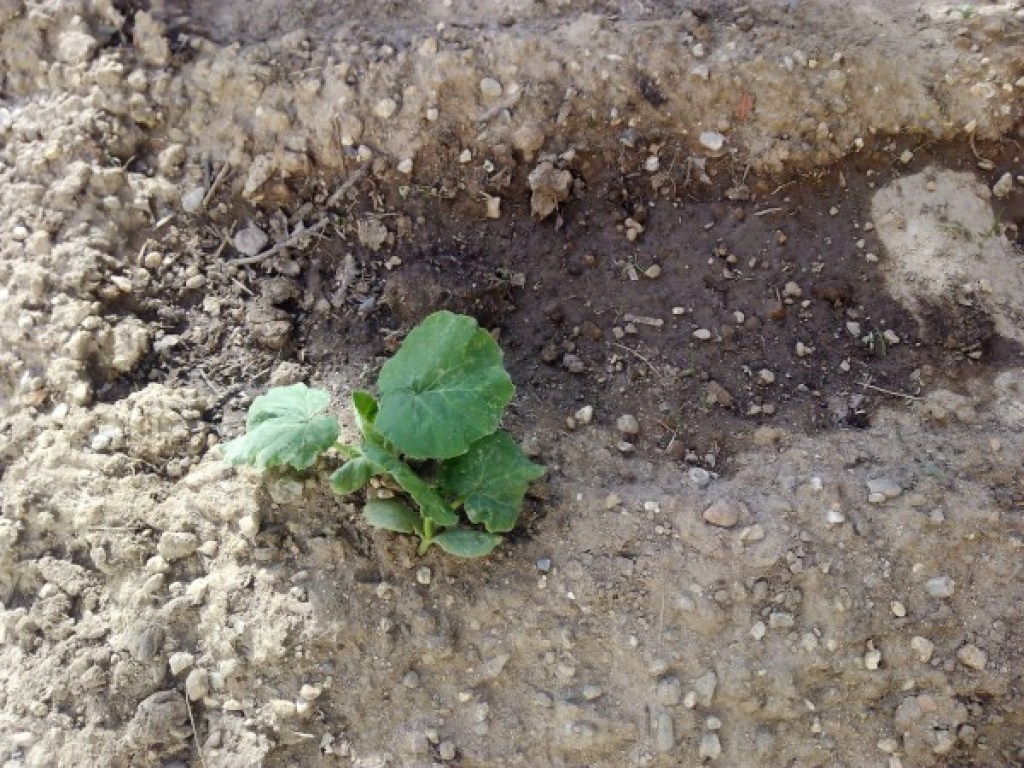
That is all for today! I hope you liked both the article and the video and, above all, that it helps you to make a good sowing. Until next time Agrohuerters!

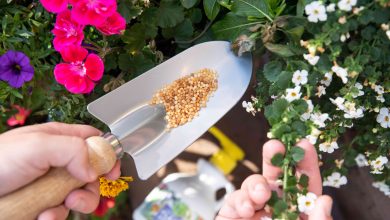
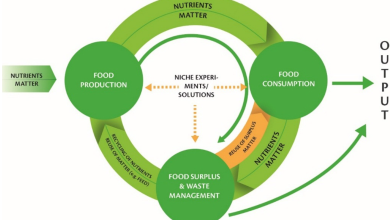
![Photo of La Fitonia: [Characteristics, Sowing, Care, Irrigation and Substrate]](https://www.complete-gardening.com/wp-content/uploads/2021/06/fittonia_1585291387-390x220.jpg)
